-
CATEGORY ::
- All Seeds /
- All Flower Seeds
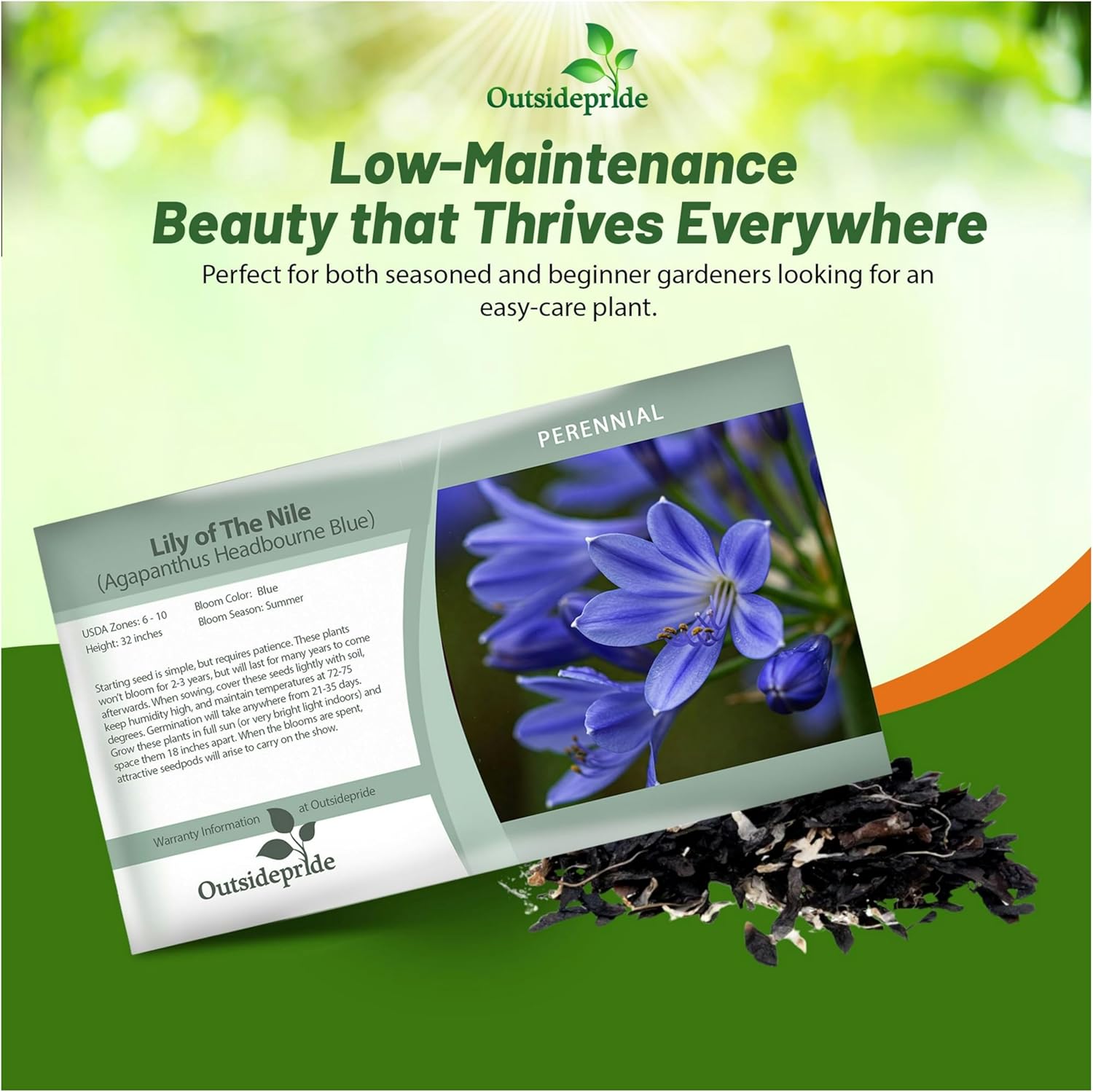

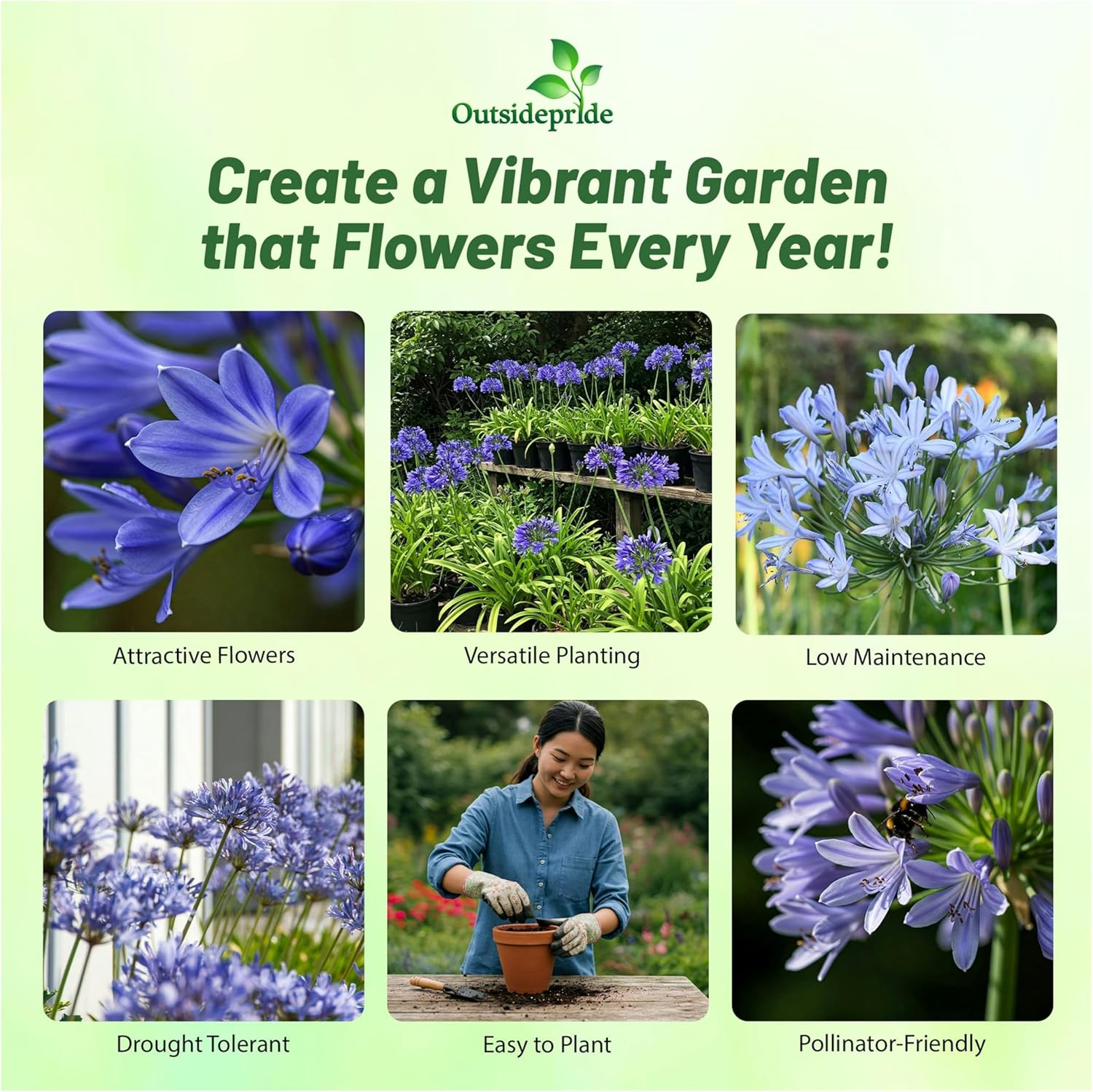
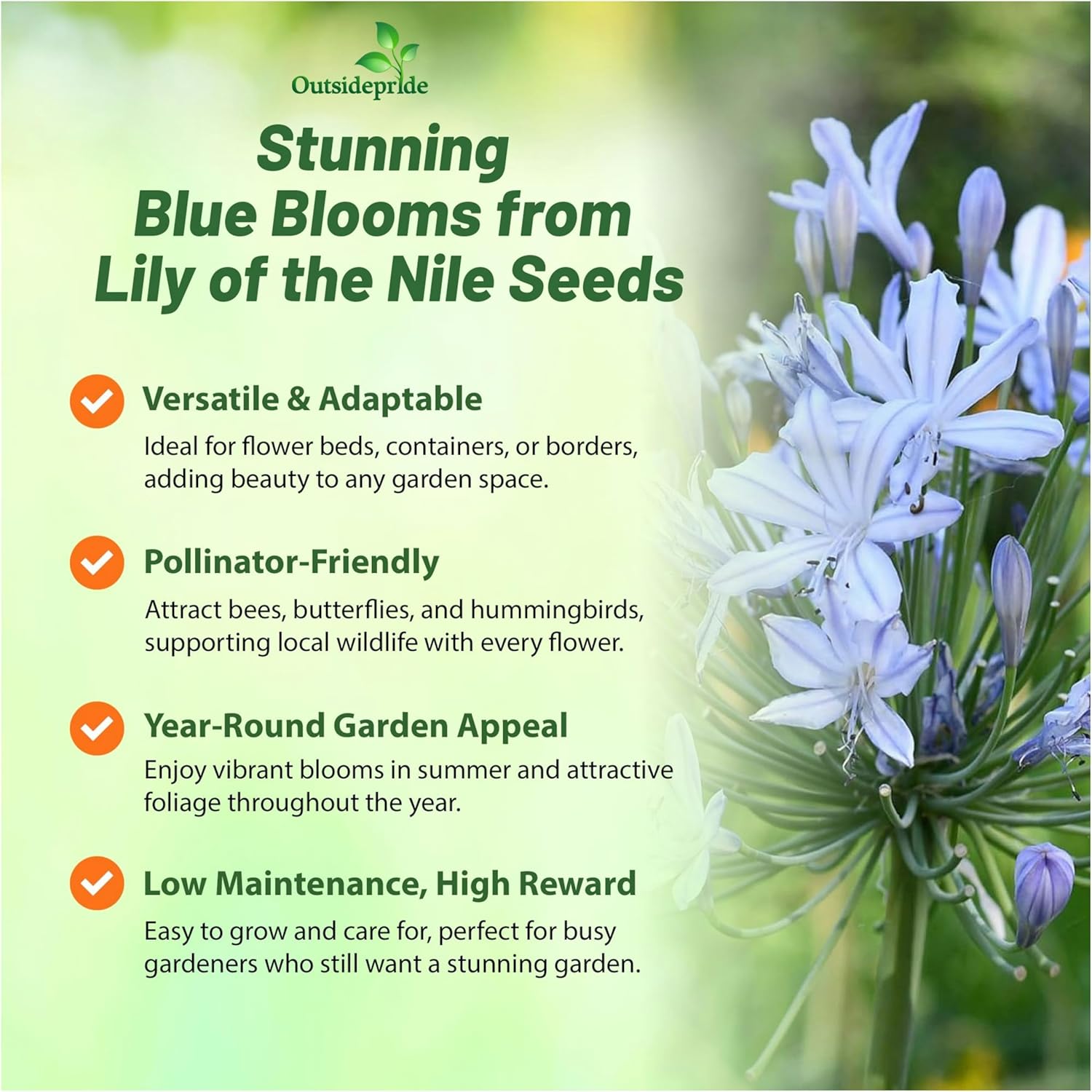
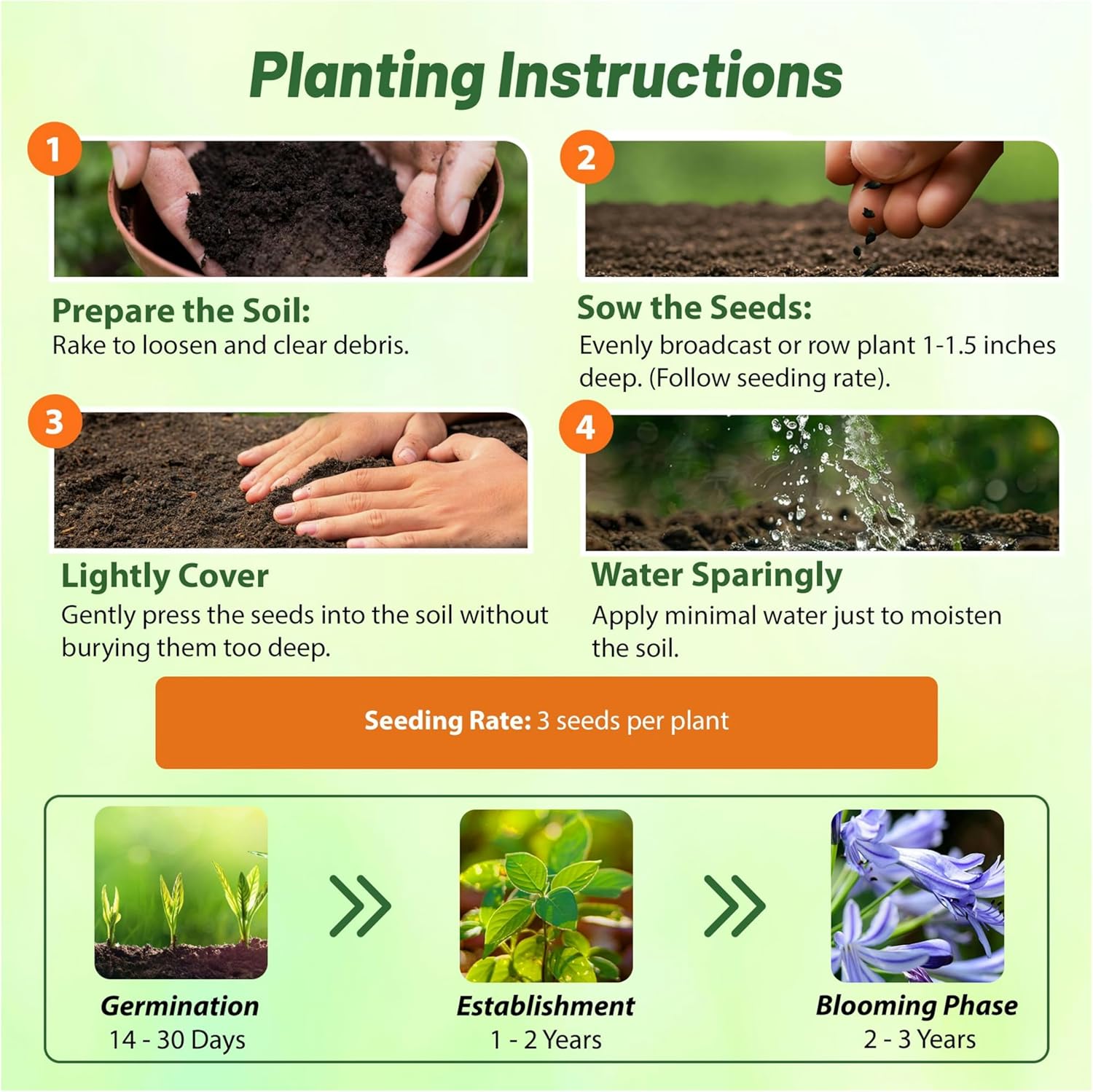



Lily of the Nile Seeds
About...
Lily of the Nile (Agapanthus Headbourne Blue) - Starting Lily of the Nile seeds is a great way to grow this lovely perennial! For colder climates, grow Agapanthus Lily of the Nile plants in containers so that they can be brought indoors to winter in a bright, sunny location. Lily of the Nile, also known as African Blue Lily, is a rare and very precious source of blue color for the summer garden.
MORE FLOWER OPTIONS
Planting Directions
TEMPERATURE
72 - 75F
AVERAGE GERM TIME
21 - 35 days
LIGHT REQUIRED
Yes
DEPTH
Cover seeds lightly with soil
SOWING RATE
3 seeds per plant
MOISTURE
Keep seed moist until germination
PLANT SPACING
18 inches
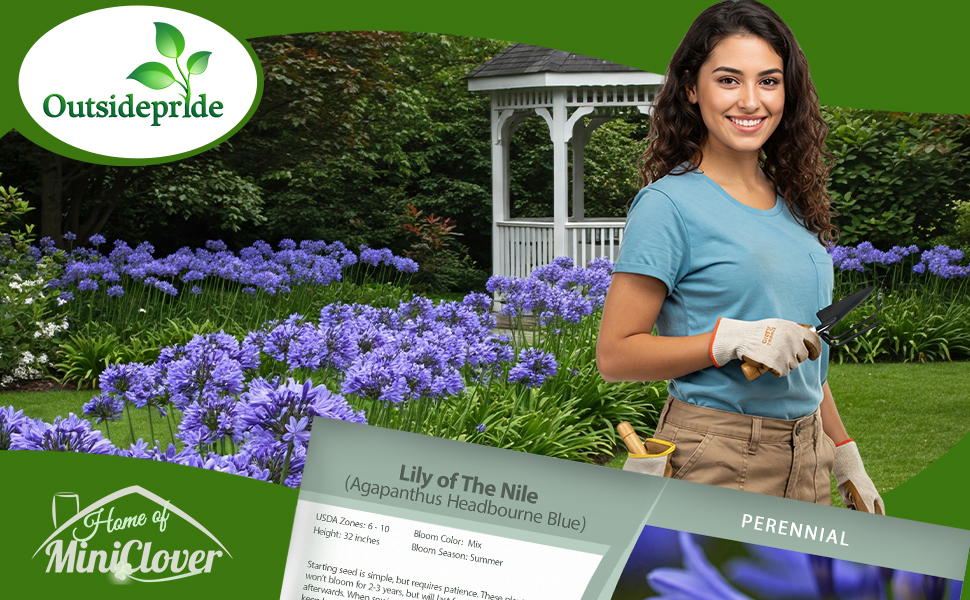
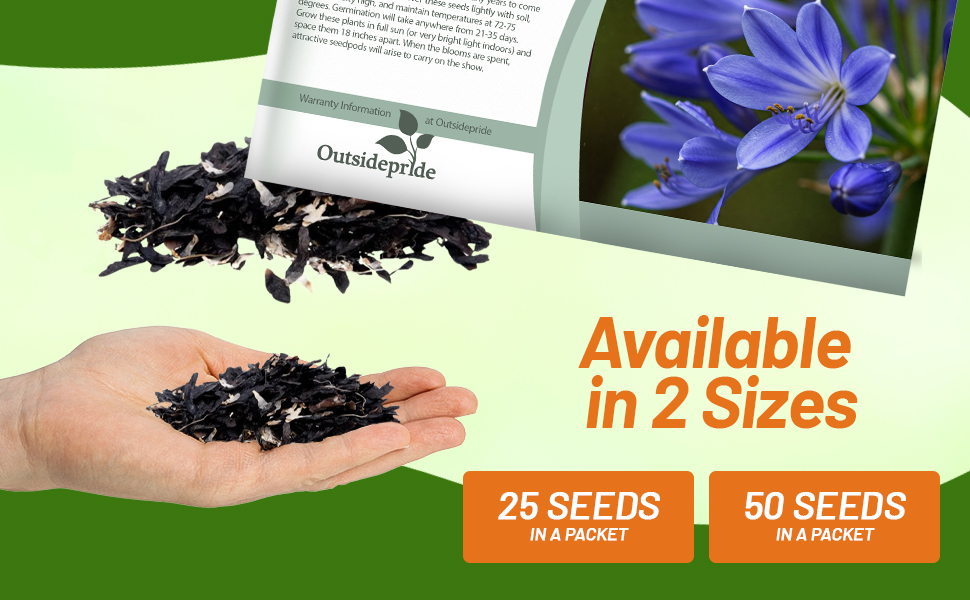
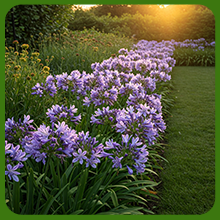
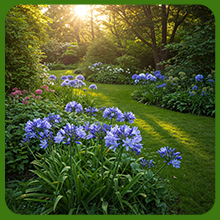
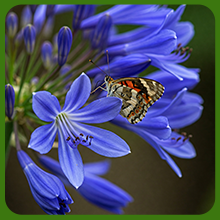
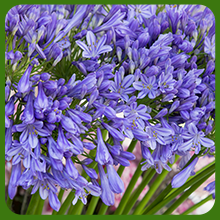
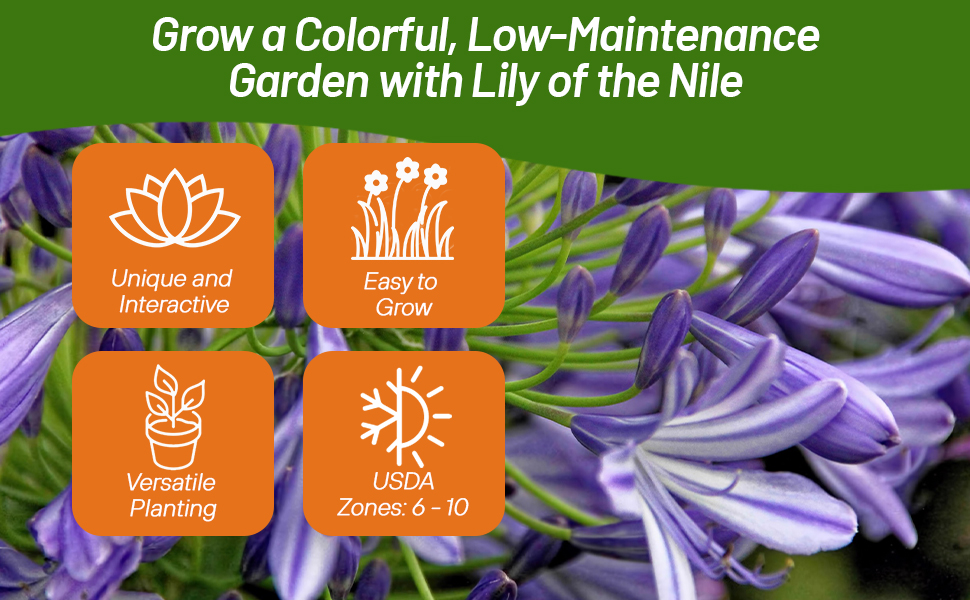

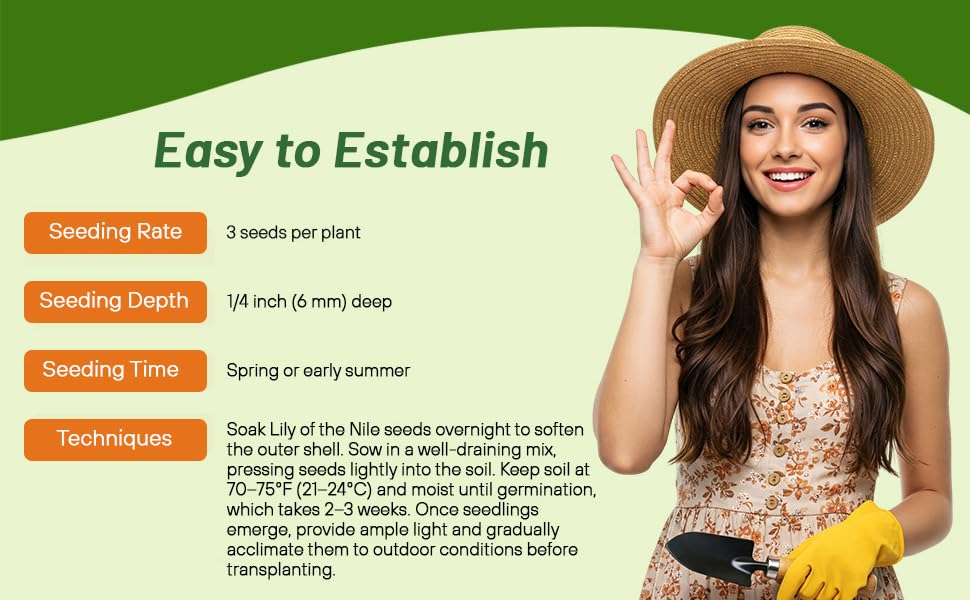
Lily of the Nile (Agapanthus Headbourne Blue) - Starting Lily of the Nile seeds is a great way to grow this lovely perennial! For colder climates, grow Agapanthus Lily of the Nile plants in containers so that they can be brought indoors to winter in a bright, sunny location. Lily of the Nile, also known as African Blue Lily, is a rare and very precious source of blue color for the summer garden. It has big, bloom-happy stalks that reach up to 36 inches in the air with lush foliage beneath. The big attraction is the 3 - 4 inch blooms in all shades of blue and lavender, and sometimes white. You will love this floriferous, easy-to-grow treasure!
Agapanthus Headbourne Blue is among the hardiest Lily of the Nile plants you can grow, with large, showy flowers blooming in July and August. They are perfect in large containers, along borders in the garden, and they make excellent year-round house plants with their foliage being as beautiful as their blooms! The African Lily flower is excellent for cutting, and they are long-lasting in the vase.
Growing Lily of the Nile seeds is easy to do, but it requires patience. When started from flower seed, Lily of the Nile will bloom after two or three years and then for many, many years to come. When sowing, cover the Lily of the Nile seeds lightly, keep humidity high, and maintain temperatures at 72 - 75F. Germination takes anywhere from 21 - 35 days. Continue to grow the young African Lily plants on in full sun (or very bright light indoors), spacing them 18 inches apart in the garden. After the blooms, attractive seedpods arise to continue the color show.
Common Questions
Does agapanthus grow better in containers or in the ground?
Thes flowers grow well in both containers and the ground. However, pots can yield especially robust plants, since agapanthus benefits from some root restriction.
My plants’ leaves are turning yellow, what is wrong?
This is a natural part of the process of older foliage dying back. Remove yellow and dying foliage. New leaves will grow from the center of your plant and replace the dying foliage.
My plant no longer produces as many blooms as it used to, do I need to start over?
This typically indicates that your plant needs to be divided.
What are some good ways to use agapanthus in my garden or landscape?
These flowers are spectacular when planted in large swathes, mixed borders, accent plants for containers, coastal gardens and they make excellent cut flowers.
Do the flowers attract pollinators?
Yes, bees, birds, butterflies and hummingbirds all enjoy agapanthus flowers.
Planting Directions
TEMPERATURE
70 - 75F
AVERAGE GERM TIME
21 - 28 days
LIGHT REQUIRED
Yes
DEPTH
Do not cover the seed but press into the soil
SOWING RATE
4 seeds per plant
MOISTURE
Keep seed moist until germination
PLANT SPACING
10 inches
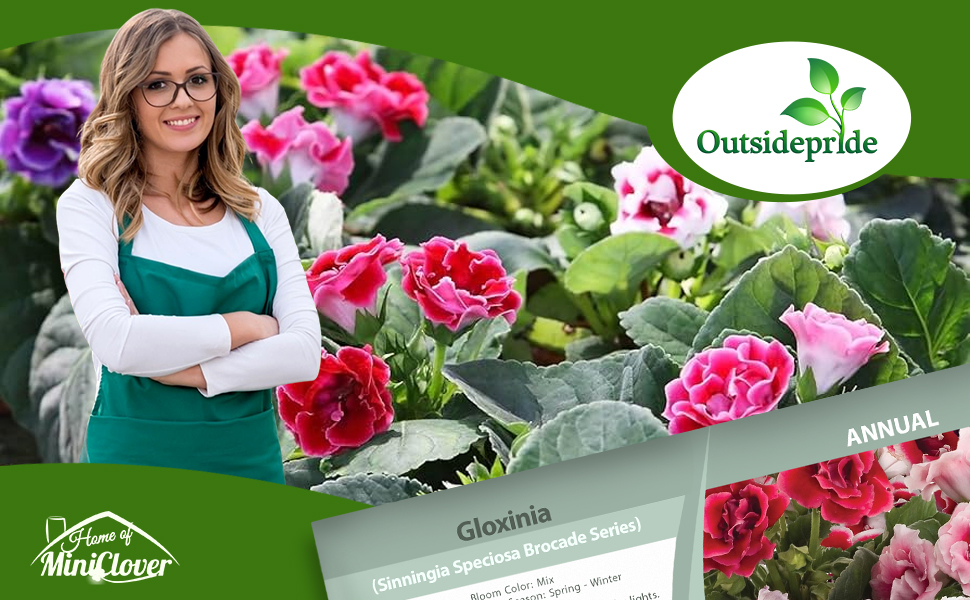
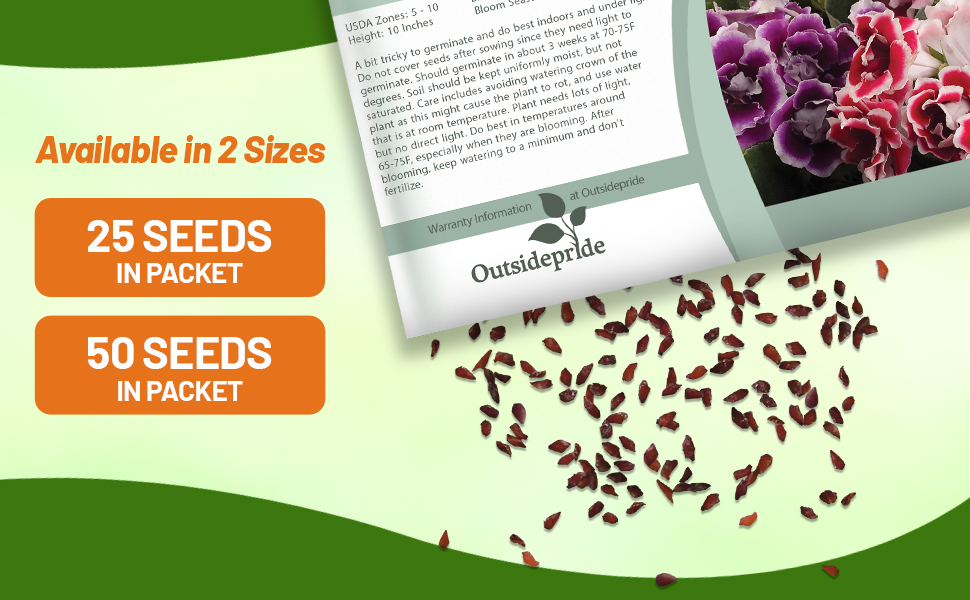
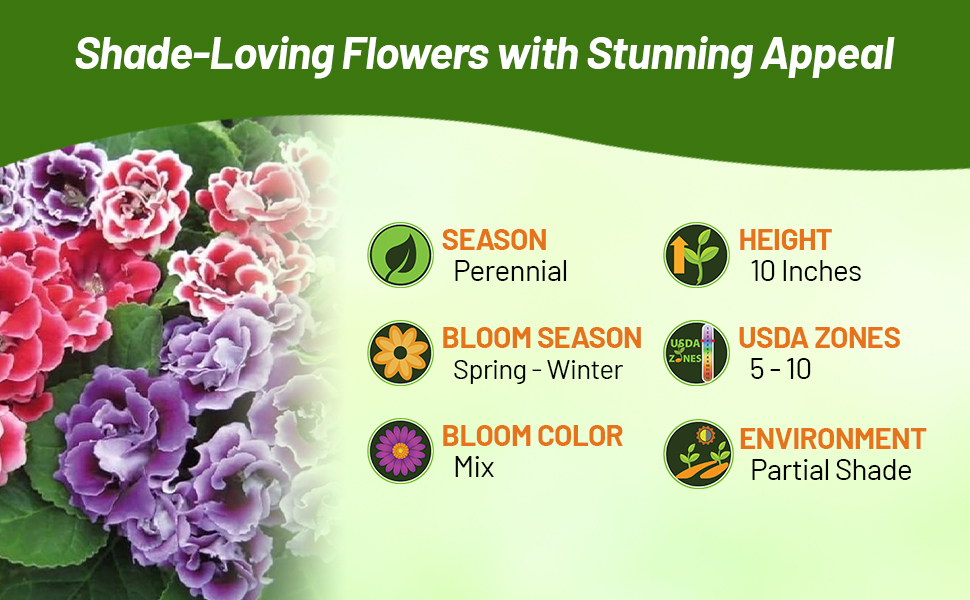
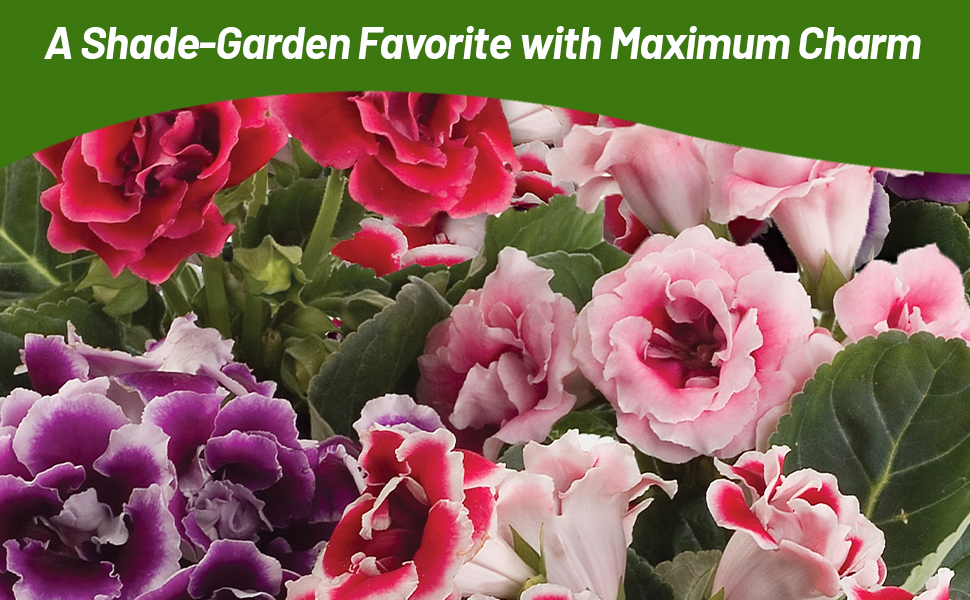
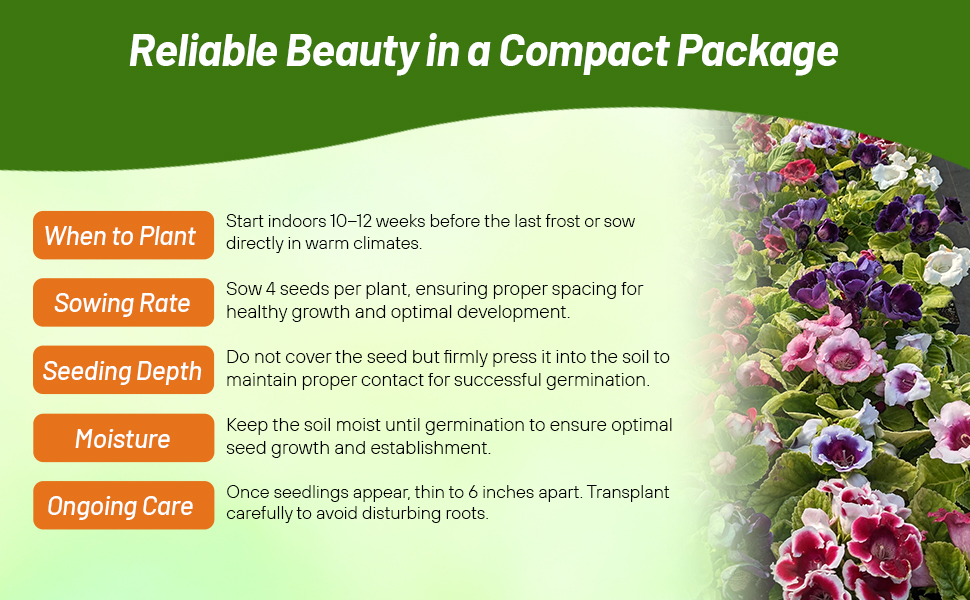
Gloxinia (Sinningia Speciosa Brocade Series) - Sow Gloxinia seeds to produce a beautiful mixture of red, blue, and white blooms. These compact Gloxinia plants blossom four to six months after sowing. They will flower for about 2 months, go dormant for about 2 months, and then begin growing again and start flowering. Gloxinias make a great house plant, giving wonderful, colorful blooms! Sinningia Speciosa is often referred to as Florist's Gloxinia or Brazilian Gloxinia.
Gloxina seeds are a bit tricky to germinate and do best indoors and under lights. Do not cover the flower seeds after sowing since they need light to germinate. Sinningia Speciosa seeds should germinate in about 3 weeks at 70 - 75F degrees. Soil should be kept uniformly moist, but do not keep it saturated. Florist's Gloxinia care includes avoiding watering the crown of the plant as this might cause the plant to rot, and use water that is at room temperature for watering. The Brazilian Gloxinia plant needs lots of light, but no direct light. Gloxinias do best in temperatures around 65 - 75F degrees, especially when they are blooming. After blooming, keep watering to a minimum and don't fertilize.
Common Questions
Do I need to prune my gloxinia?
To encourage a longer bloom season, you will need to deadhead your spent flowers. After the bloom period is over and your plant enters dormancy, prune back any dead or dying foliage.
My leaves are dropping, what do I do?
This can occur from sudden temperature changes such as drafts.
My leaves look scorched, why?
Direct sunlight can burn the leaves of your gloxinia, causing them to scorch and crisp.
My flowers are losing their vibrancy, what do I do?
This is typically caused by inadequate light move your plant to an area with more light but not direct sunlight.
Planting Directions
TEMPERATURE
73F
AVERAGE GERM TIME
14 - 21 days
LIGHT REQUIRED
Yes
DEPTH
Surface sow seed and press in to soil
SOWING RATE
7 - 8 seeds per plant
MOISTURE
Keep seeds moist until germination
PLANT SPACING
18 - 24 inches
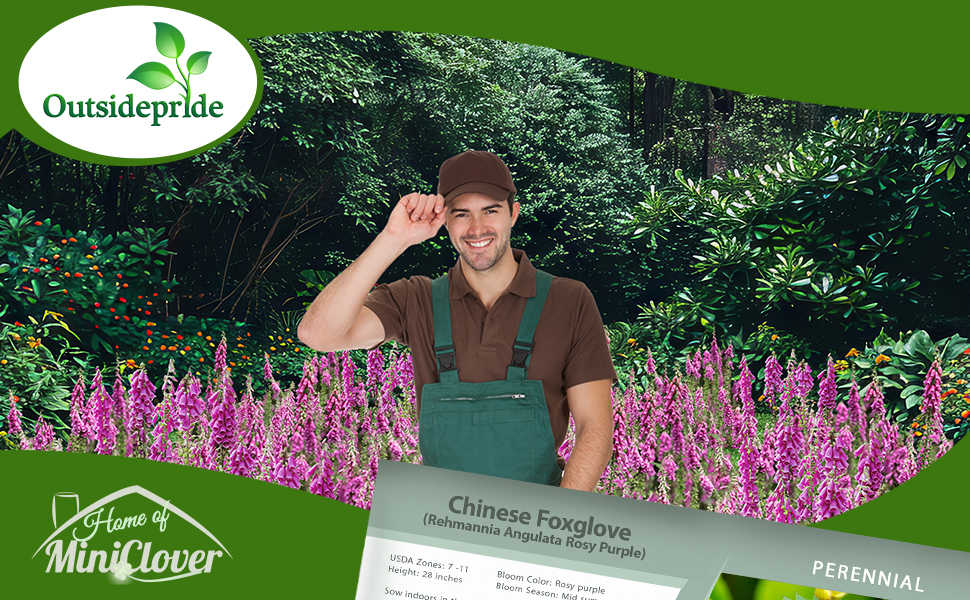
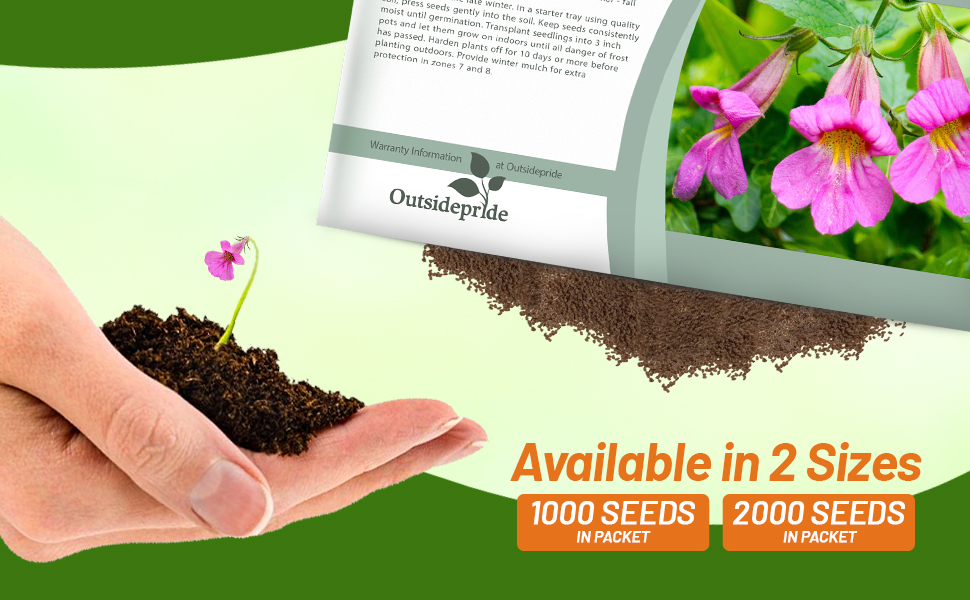
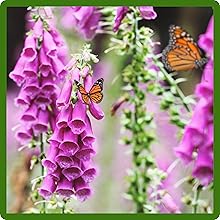
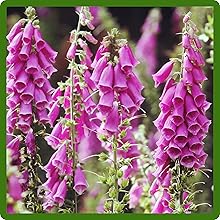
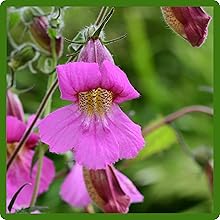

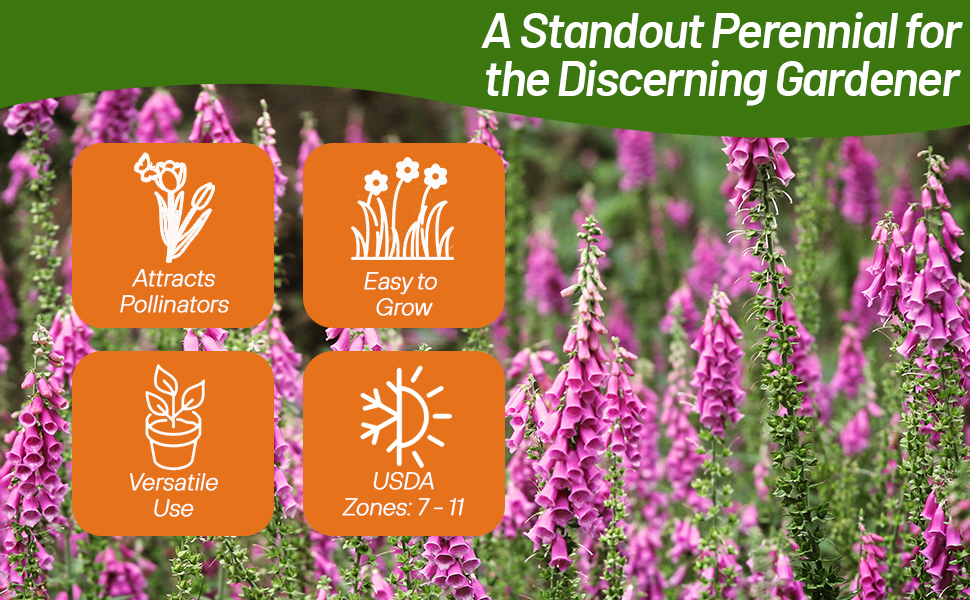
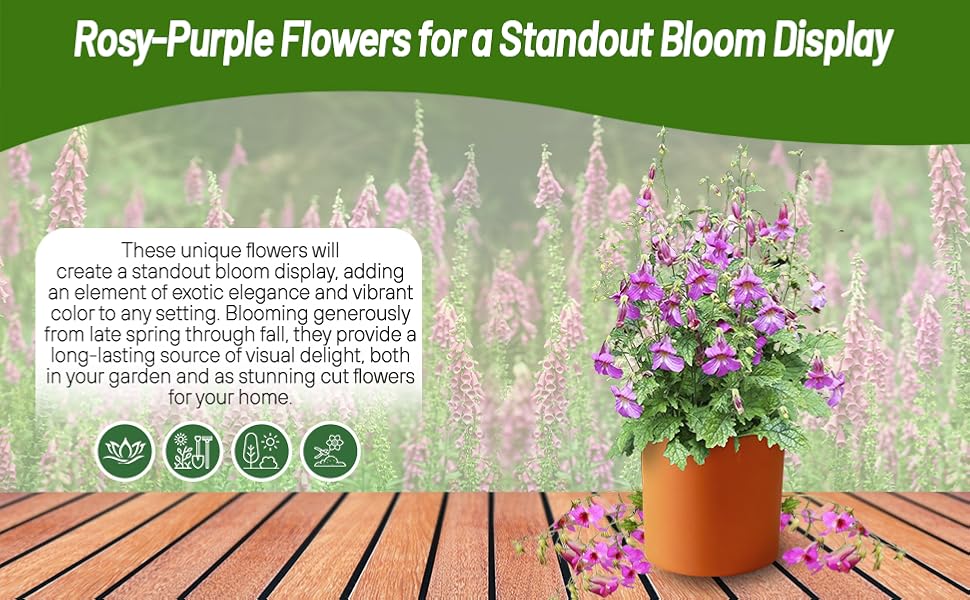
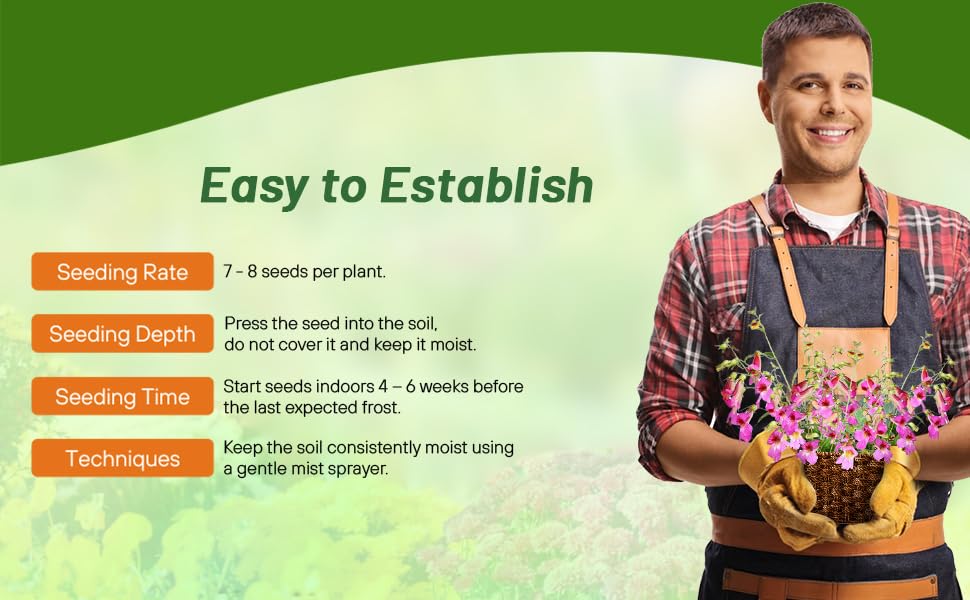
Chinese Foxglove (Rehmannia Angulata Rosy Purple) - Rehmannia Angulata seeds can be grown as annuals in all climates and as perennials in USDA zones 7 - 11. Commonly referred to as Chinese Foxglove, this beauty does well in full sun or partial shade, and the Chinese Foxglove plants continuously produce large, foxglove-like flowers from late spring through fall. The flowers can measure 2 - 3 inches across and are rosy purple with spotted throats. Chinese Foxglove is great in the flower border, and the flowers are nice for cutting. A synonymous botanical name is Rehmannia elata.
How To Grow Chinese Foxglove From Seeds: Sow the Rehmannia Angulata seeds indoors in the late winter. In a starter tray using quality soil, press the flower seeds gently into the soil. Keep the Chinese Foxglove seeds consistently moist until germination occurs. Transplant the Chinese Foxglove seedlings into 3 inch pots and let them grow on indoors until all danger of frost has passed. Harden the Chinese Foxglove plants off for 10 days or more before planting outdoors. Provide winter mulch for extra protection in zones 7 and 8.
































